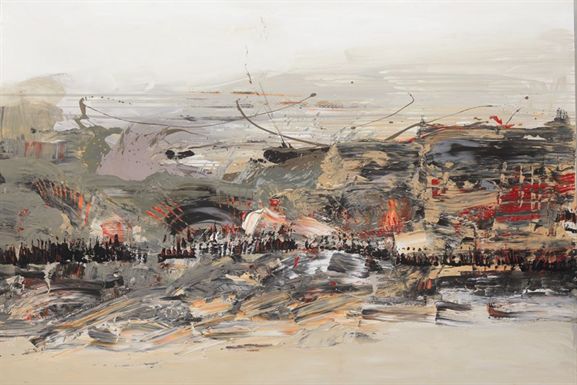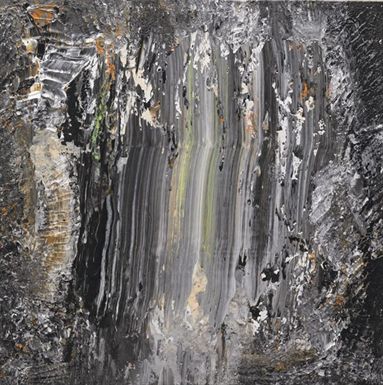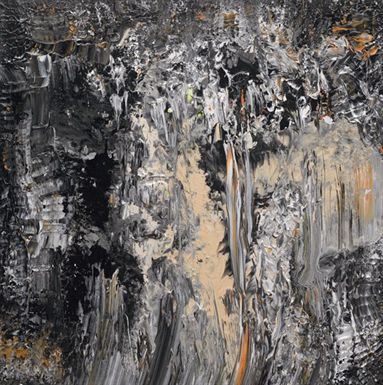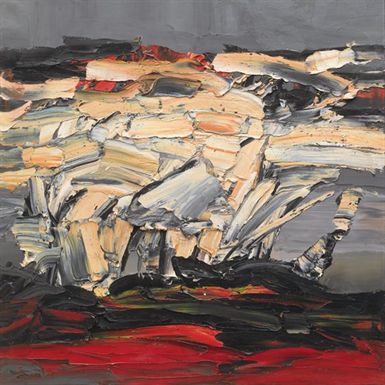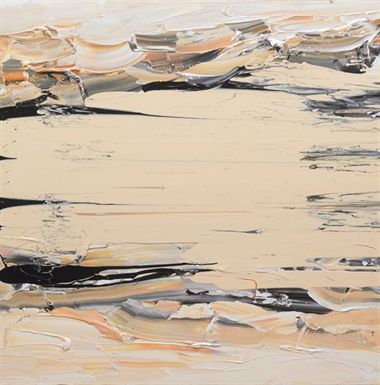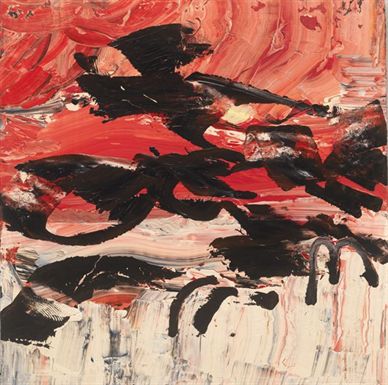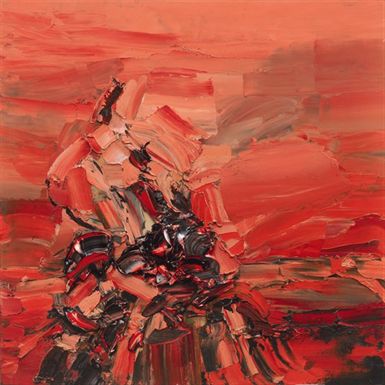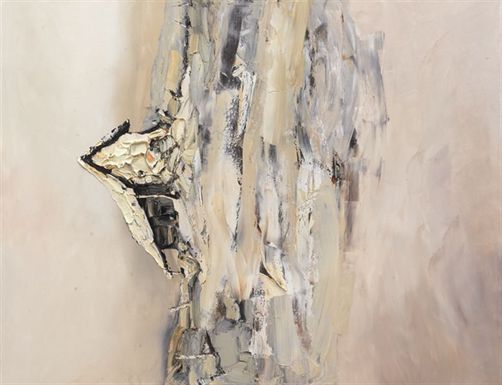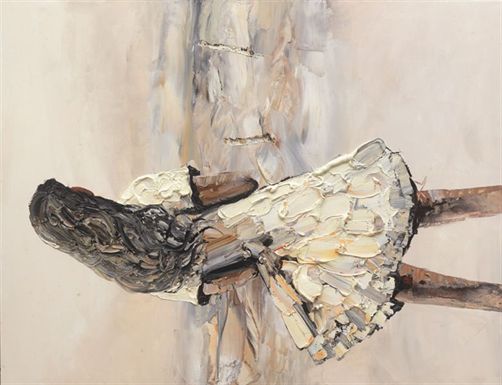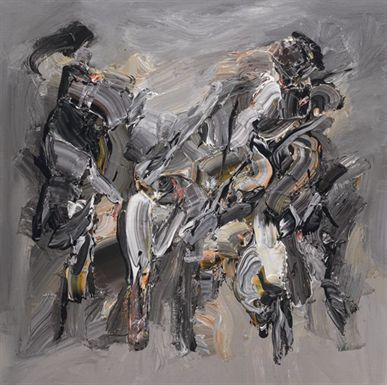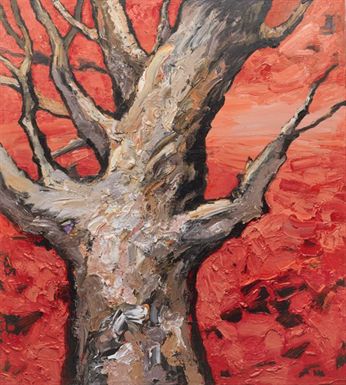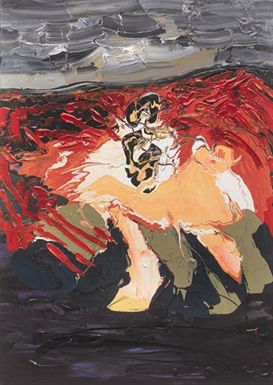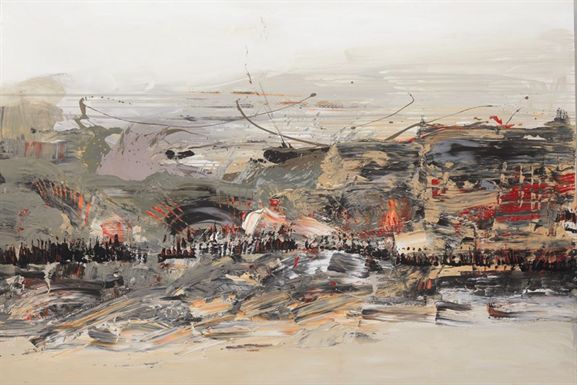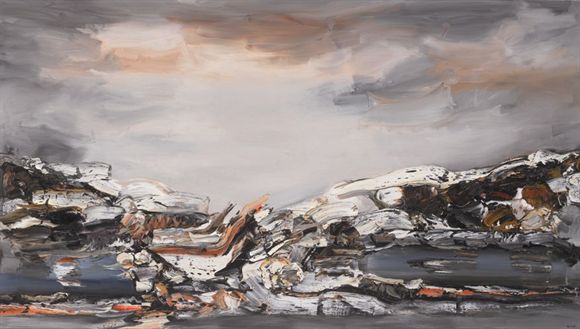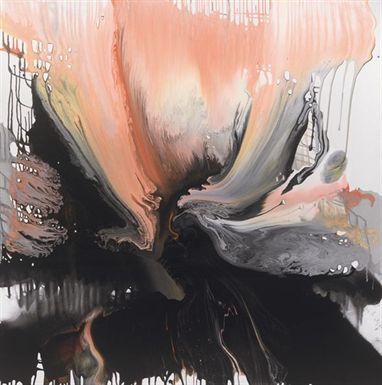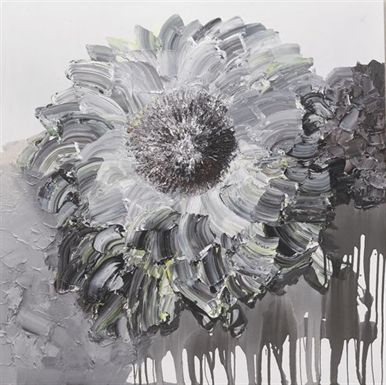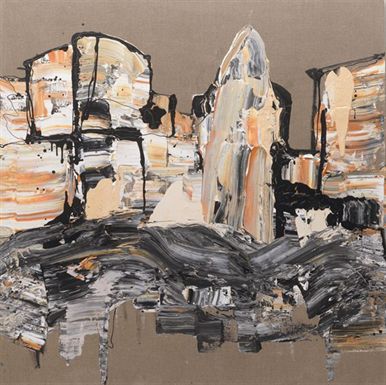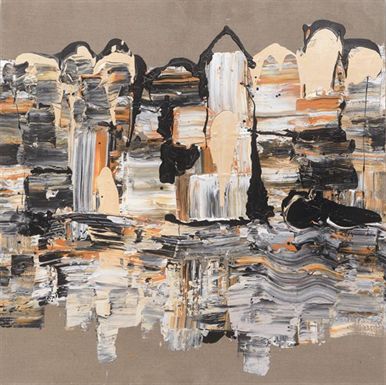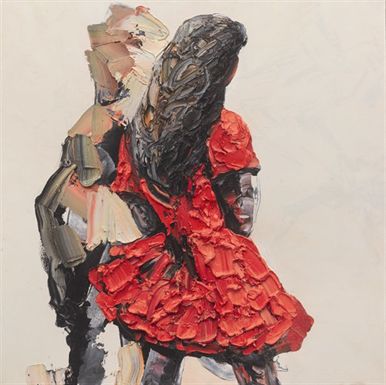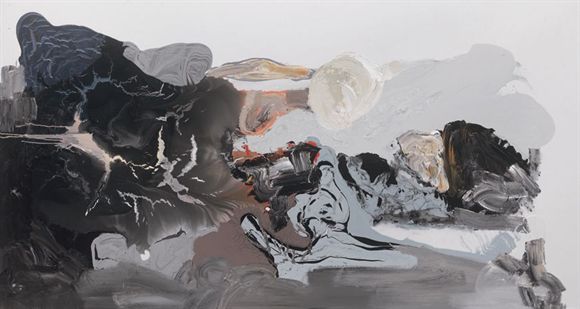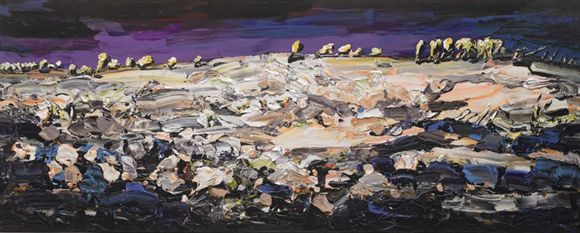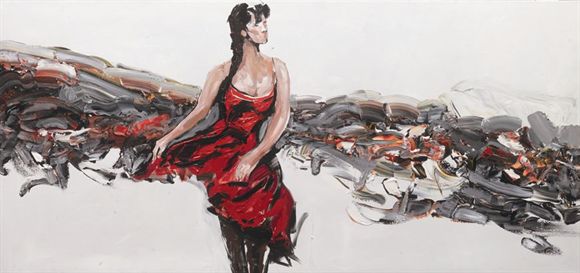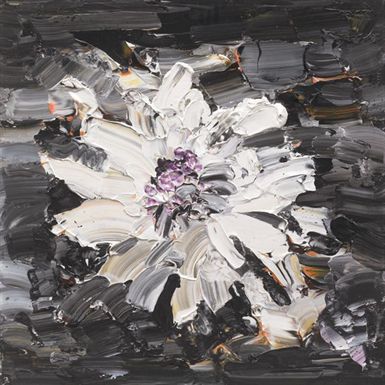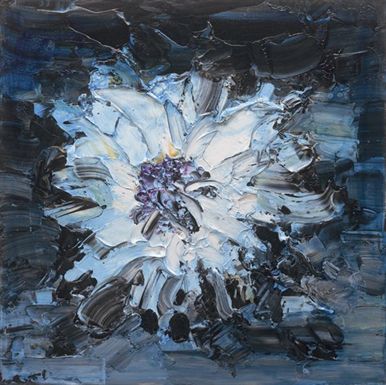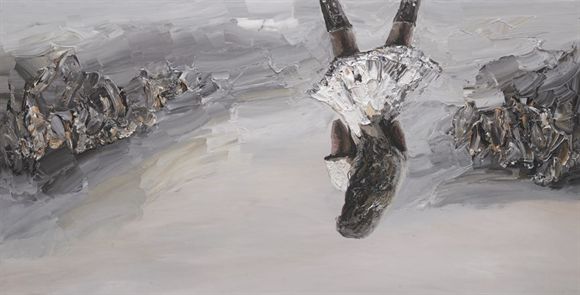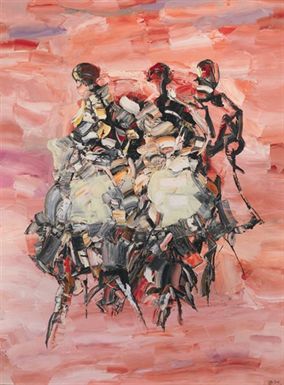Metamorphosis
Jul 11 - Jul 30, 2012
Jul 11 - Jul 30, 2012
Press Release
CURATOR: Zhao Li
PRESENTED BY: Sun Yongzeng
EXHIBITION DIRECTOR: Liu Chenya
ASSISTANT CURATOR: Xie Jinyuan,Lin Tao
COORDINATE: Cong Yuanli
PROJECT COOPERATION:Li Mingkai,Wu Ling
ORGANIZER: White Box Museum Of Art
OPENING: Saturday , July 11, 2012, 3p.m.
DATES: July 11, 2012 –July 30, 2012
MUSEUM OPENING HOURS: 10:00 - 18:00, Tuesday - Sunday
VENUE: WHITE BOX MUSEUM OF ART, 798 Art Dist., NO.2 Jiu
Xianqiao Road, Chaoyang Dist., Beijing, China
CONTACT US: +86-10-5978 4800
Curator Article
Metamorphosis
By Zhao Li
“We all remain silent when it comes to the end of every generation. The world we lived in never escape the cycle of danger and misfortune, but the history will give us the color to show our identities.”----John Updike. In fact our birth was actually a part of the history, and we are all trying to fulfill our own destinies through the entire cycle of time. Although “artist” is a kind of identity that this kind of people shares, but they still can’t escape the very same destiny. Palla Jeroff decent the passionate and wild personalities from his birth place XinJiang, but at the same time he also obtains a great relationship with in the culture and history of Xinjiang. Xinjiang is an amusing place, just like Ji Xian Lin once said that Xinjiang is a historical place with a unique culture. As a matter of fact, we all known that the most influential cultural systems in this world are; Chinese culture, Indian culture, Greek culture and Islamic culture, and those four cultures combine in one place; Xinjiang Dunhuang. The combination between the traditional culture and the multicultural cultures can be easily found in varieties of art works. During the 20th century the Miniature art styles from the Middle East, the ancient Buddhism art system from India, the art of Russian, and the Chinese art styles after the foundation of new China collided in the art fields of Xinjiang. Towards the combinations of multicultural art styles, Palla has already accept and use it as a foundation of his art developments, and look forward to construct a more visionary future for his art works.
Palla finished his art education in Xian during the 1980s, and it was during that period of time, Chinese art were under a great tide of revolution, because it was the turning point of the Chinese contemporary art. Facing bith the concepts of Chinese art and western art, Palla opened himself up to all those different concepts. He did not ignore nor obsessed with any of them, instead, he starts to analyze all those concepts independently. Because of this belief, Palla decides to take a chance abroad to trace the origins of art. Australia’s is kind of similar to Xinjiang, both from the geographical background and its multicultural background. Therefore, Palla got used to the lifestyles of Australia very quickly, and obtained more space for imaginations. Although he had a great love towards the fields of abstract art back in the days he was in China, but he actually became more obsessed towards it during the days in Australia. In Palla’s concepts, the word “abstract” can’t be define as a kind of style, it’s actually a demand from our cultural concepts and spiritual needs, and Palla’s arts also obtaining those choices he made towards the history and traditions, which at the same time represent the surface of his methodology and epistemology.
From his early abstract works, they are all basically easel paintings. The reason Palla chose to use painting as his own creation media is only because he thinks it’s a more suitable way to express himself, and it’s also close to his thoughts and heart. We can tell from Palla’s works that he mainly focus on the “flow” of the image, while the “flow” can be seen from the colors, and the unstable structures he creates on the image. In order to do this, Palla vastly using tools and materials like thinner paint, Bo cai, Rio seal with pai bi, cutting tools, dryers, and spray guns, which creates the flow that easily express the artists free personalities, especially suitable for Palla’s unique spiritual characteristic, his culture backgrounds and oriental traditional background, which creates an attitude that combine both cultures together. As a matter of fact we could also pay attention to Palla’s working conditions, because the “flow” already made the creational process more charming----the work itself was only a document for the results, but the process was the miracle of creation. Palla realized this fact, and moved his studio to the Blue mountain near Sydney, bind into this quiet and pure place to create his own “independent kingdom”.
Although culture tolerance and multicultural diversity is the key of Palla’s works, but under the collision and combination of culture migration, culture memories became more and more harder to throw away, which creates the “home sick” atmosphere. Dong Qiao once said that a culture without “home sick” must be depressing like a dry well. Palla tries to emphasize a kind of “return” in order to define the “culture memories”, as he gets older, this home sick got the best of him, he happily gave up the comfortable lives in Australia and chose to going back and forth from Sydney to Beijing, he even rent a very shabby studio to paint his works. Palla also tries to summon the changes and possibilities of his creations from the changes of the environment and feelings. Palla’s recent works still kept the characteristic of his easel paintings from the past, but with a different flow, the image appeared with an actual shape and figures. From the image, Palla emphasize the changes of colors and its accumulations. It means that the painter intentionally restricts the “counter flow”, but of course solification is ont only the restriction of the “flow”, but also the conclusion of the “flow”. Palla thinks that random and changes are just one phase of his art works, and change was only a motive not a goal. The effort that Palla do towards the structures creates a great convey to our visual concepts, also at the same time break the limitation of plane and stereo, which creates a language that shine through physical concepts and spiritual concepts.
What we should also pay attention to is the ways of expressions that Palla’s recent works shown us. We have to admit that the world we lived in nothing looked the same from the outside, and we can have more differences from the inside, but Palla still tries to use his artistic ways to show us the similarities of us. Just like Palla’s early works, the painting shown us pictures of conflicts and arguments, but all those contradictions are all binding into one picture. Maybe Palla wants to use this method to predict a world without differences, and all those limitations and restrictions are all from human’s primal desires. Like John Updike once said “human’s inner desires and conflicts will never change, but our primal optimistic made our intelligence free from the restrictions of history”. Therefore, Palla’s art metamorphosis not only show us his respect towards the traditional history, but also his “self-refine” towards the traditional history.

